Exhilarated, this is the feeling I had when I arrived in Brazil and met up with my two friends. Having arrived around noon in Foz do Iguaçu, I gently acclimated myself to this country and its atmosphere. The girls took me directly to eat the traditional feijoada: in Brazil, they are the guides!
We soak up the quiet city (although some 200’000 Brazilians live there) which doesn’t offer much interest but allows us to feel safe, to tame the Brazilian culture and to enjoy a bit of rest. And then, looking back in the evening on the rooftop of our hostel, how could I be more pleased than at that moment? I’m surrounded by Argentina and Paraguay and the next day, I’m finally going to discover the Iguaçu Falls, the ones I missed on my previous trip, the year before in Argentina and Chile.
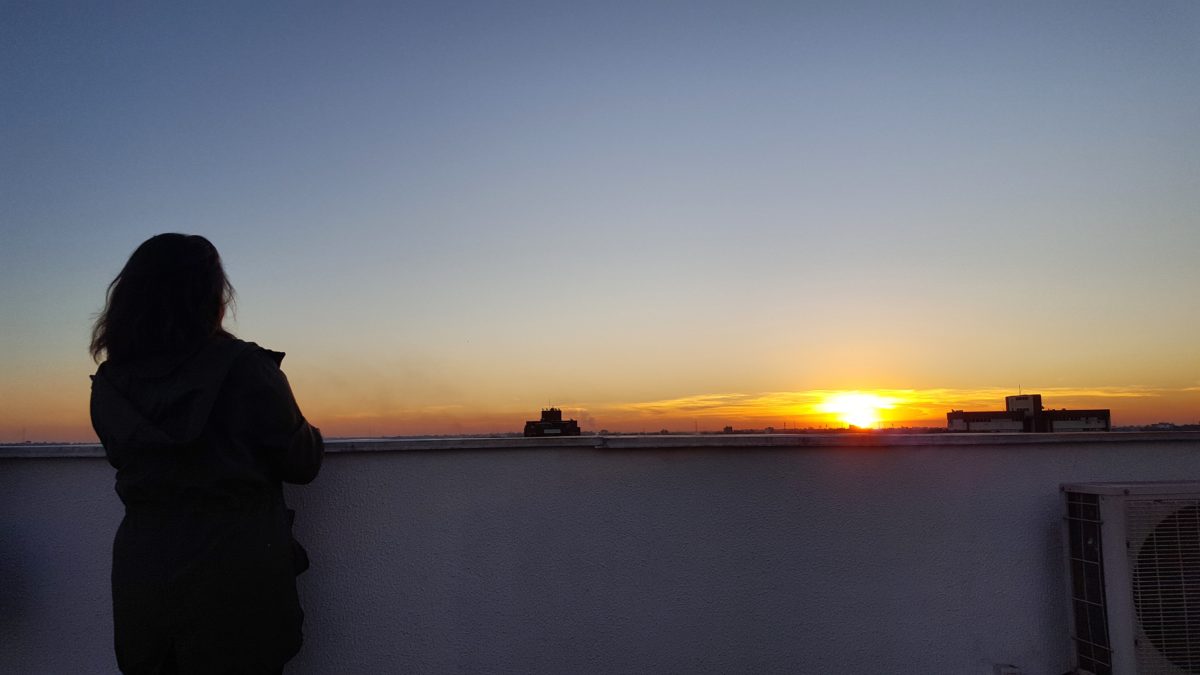
Real postcards that leave you dreaming, these Falls are reputed to be among the most beautiful in the world. Located in the heart of a tropical forest between Argentina (Cataratas del Iguazú) and Brazil (Cataratas do Iguaçu), the deafening Falls are a true wonder of nature and one of those breathtaking places where nature, in its wildest state, surrounds and overwhelms you. In fact, they have been included in the list of the New Seven Wonders of Nature, along with the Amazon, Ha Long Bay and Table Mountain in South Africa.
Over a distance of about 3 km, some 270 waterfalls wind their way through the vegetation of the tropical forest, pouring up to six million litres of water every second! Interrupting the course of the Iguaçu River on both sides of the Falls, the Brazilian and Argentinean governments have created national parks to preserve this incredible place and to enhance safe exploration.
A small travel agency in our hostel offered expeditions, but we were not interested. We wanted to be free to go as we pleased and above all, on the Argentinean side, I wanted to have the opportunity to discover the “three frontiers” area, the natural geographical border (thanks to the Rio Paranà and Rio Iguaçu) that separates Argentina, Brazil and Paraguay.
NATURAL BORDER
An exceptional natural curiosity, the origin of the Falls is not well known, but according to a beautiful Guarani legend, they were created as a result of a thwarted love between a brave warrior and the daughter of a Guarani chieftain. I will leave you to read the story of the Argentinean legend of the Iguazú Falls here. More pragmatically, according to the comments taken from the website Fontaines intérieur “the Falls are located on a natural geological fault that dates back several million years when several volcanic phenomena took place in this same area. Volcanic flows spread to create a reaction at ground level. A basaltic soil was born and favoured the formation of multiple vertical faults. The water flowing down from the tops of the faults reinforced the erosion of their edges, causing the surface area of the Falls to increase little by little. »
It was the Spanish explorer Álvar Núñez Cabeza de Vaca and his crew who discovered the Falls and subdued the few indigenous tribes that lived in this territory in 1542. He baptised the cataracts “Saltos de Santa Maria”, the Falls of Santa Maria.
The Falls serve as a natural border between Brazil and Argentina and are thus divided into two visits. A piece of advice was given to us when we asked for information at the hostel: firstly, to see the Brazilian side, to get a general view and a fabulous panorama, and secondly, to see the Argentine side, which is more spectacular as the paths come closer to the Falls!

CATARATAS DO IGUAÇU
We started with the Parque Nacional do Iguaçu, the Brazilian protected area of the Falls. Officially created in 1939 by President Getulio Vargas, this park has been a UNESCO World Heritage Site since 1986. Together with its Argentinean counterpart, this Heritage covers an immense area of around 250,000 hectares of protected fauna and tropical forest. It includes the Atlantic Forest, which is one of the richest regions in the world in terms of biological diversity, but whose surface area is decreasing over the years to represent only 7% of its initial surface area.
From the entrance of the park, a double-decker bus takes us, for 11 km, to the Hotel Belmond das Cataratas, the starting point of the only circuit offered by the park. We walk on a tarmac road through a dense and refreshing forest. Several stops are possible, especially for paying activities, such as rafting and treks in the tropical forest, but we were not interested.
After about ten minutes on the bus, a sound started to be heard! It’s in this kind of moment that I feel the magnitude of the spirit I experience when I travel. An excitement that is going to turn into wonder, into sharing… but above all a total fullness surrounded by strangers and relatives to enjoy what our beautiful land has to offer us.


The amazement began with this enchanting panorama that we were offered as soon as we got off the bus. Directly, it allowed us to contemplate the grandeur of the place, the sound heard beforehand being transformed into a roaring noise. We also discovered surprising little creatures that looked like raccoons. Let me introduce you to the coatis.
Aren’t they adorable?
Absolutely adorable, but beware, they are little thieves! Of course, they are harmless, but it is better not to leave your bag lying around on the floor, as they are very clever to go and search them and find something to satisfy a craving. You will meet these small mammals throughout the 1.5 km long marked route along the Rio Iguaçu, which offers beautiful panoramic views of the waterfalls.
The highlight of the route is the famous footbridge on the banks of the Salto Floriano, which serves as a natural studio for several films (isn’t that OSS 117?). Planted in the middle of the river, the noise is deafening. This metal structure allows us to get closer to the grandiose Garganta do Diablo / Garganta del Diablo, the highest waterfalls in the park, for an incredible and splashing tête-à-tête! The power of the Falls is truly breathtaking. Bring a k-way or thick clothing for shelter, the shower is not optional!



The tour ends at a platform accessible by an old lift to contemplate the Iguaçu Falls one last time before going, obviously for most of the tourists present, to the restaurant/fast food to have a bite to eat. We preferred to go back down and walk along the marked path again, to admire these wonders and to sit a little bit back from the crowd to enjoy our picnic, spared by the coatis.
USEFUL INFORMATION
Time required for the visit: one ½ day
How to get there : We took the n°120 bus from Foz do Iguaçu. The ticket is taken directly on the bus at the ticket inspector. This bus also goes through the airport.
Park’ s entrance : In July 2017, we paid 64.30 reais, approximately CHF 18. Prices vary according to the country of origin; there are three categories: Brazilians, inhabitants of Mercosur (an economic community of several South American countries, which allows free passage of citizens) and the rest of the world.
Timetable : Open from 9:00 am to 5:00 pm, every day.
Activities in the surrounding area : Many people stop at the Bird Park, next to the National Park. It is a nice way to discover the species of the region. We didn’t stop there, as we preferred to admire the many species in the wild when visiting the Falls.
A less ecological activity is flying over the area by helicopter or directly by waterway. These activities can be booked from the Iguaçu National Park.
Website : http://www.cataratasdoiguacu.com.br/
Accommodation: Our anchor point was the youth hostel CLH Suites in Foz do Iguaçu. I highly recommend this place, typical for young people who like to travel in a simple way. The hostel has a small travel agency and a lovely rooftop (with jacuzzi!!). We had booked a triple room with private bathroom for 20 CHF per night each. This “chain” of youth hostels can be found all over South America. You will find here the booking link and here the direct link to the CLH channel.

LOS CATARATAS DEL IGUAZÚ
The next day, we head to Argentina to explore this side of the Falls even more impressive. We were all impatient to arrive at the Parque Nacional Iguazú after the Brazilian introduction. With documentation in hand, we were ready to take on several circuits that offer different perspectives of the Falls. In this park, no vehicles are allowed and the visit is done either on foot or aboard a small train that connects the beginning of the first two circuits to the one of the Garganta del Diablo, a few kilometres away.

You will find three circuits that you must absolutely go through in order to fully immerse yourself in the place:
- Lower circuit
- Upper circuit
- Garganta del Diablo Circuit
Paseo Inferior
The 1.4 kilometres long lower circuit is the longest route of the Iguazú Falls and is almost entirely accessible by wheelchair. We counted about two and a half hours to go around it. It takes us close to the Falls and zigzags through the jungle. The highlight of this tour is to get to the foot of the Salto Bossetti waterfall, where we feel the full power of the Falls. Once again, it’s shower time, so make sure you have something to protect yourself.



Paseo Superior
650 metres long, it takes 1 hour to complete the upper circuit, which is the smallest in the park. It offers several points of view plunging down to the Falls, which each have their own name: Adan y Eva, Mbiguá, Bossetti… It was incredible to be on them, where the agitated waters flow into the void, while we were contemplating them from afar the day before. However, what impressed me the most was the richness of the surrounding nature. The many footbridges blend in wonderfully with the landscape, and we find ourselves very small next to this nature, so green and so surprising. Fauna and flora are an integral part of this marvellous landscape. I didn’t know where to look between the Falls and my curiosity to see animals, in particular toucans. In fact, I think I stayed more to observe the few toucans I met than the Falls, despite being so theatrical.
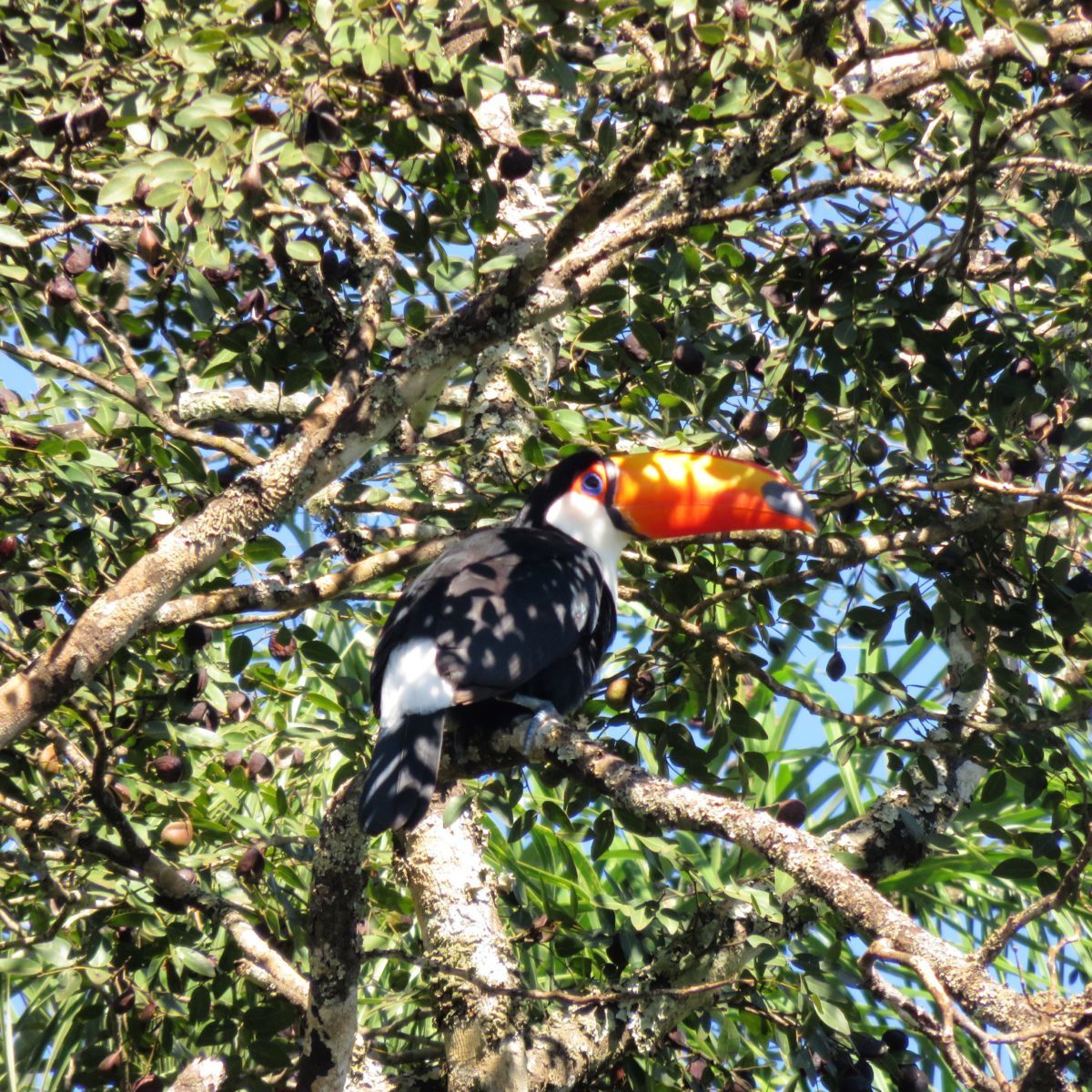

Paseo Garganta del Diablo

The best for the end! We concluded our exploration of the Iguazú Falls with the route that took us to the apocalyptic Devil’s Gorge. We went there on foot along the train tracks. It’s a pleasant walk of about thirty minutes on 2.3 kilometres since, to tell you the truth, we didn’t understand at all how the train works (we got on one but it didn’t go to the end and went back to the starting point… a total waste of time!). Moreover, seeing the queue for this train, walking seemed to us the best solution to avoid the tourists! Afterwards, we understood how this famous train works, and it is not possible to make several stops. In fact, it is mandatory to get off at the first stop of each trip and to go back in line to take the next one 30 minutes later. So, maybe it is better to do without the train to optimize your time, particularly during the high season!
After our little walk, we arrived at the beginning of the circuit. The metal footbridge led us on the river for 1.1 km to enter directly on the diabolical gorge. This is where the water flow is the highest, some 80 meters of falls of indescribable power, where the mist effect is guaranteed!


Here, the crowd is big and you have to be very patient and above all to elbow forward to get a good view of the belvedere perched above the gorge.
The roar is so loud that it is difficult to hear each other and various sensations creep into me: the fear of falling into those dark depths, the wonder in front of this natural masterpiece, or the irritation with all those selfish tourists… feelings that end up uniting in joy at the apotheosis of the Iguazù Falls.

The coatis are also on this side of the Falls.
USEFUL INFORMATION
Time required for the visit: 1 day is necessary, but if you have time in the area, take the opportunity to spend 2 days in the park. In fact, admission is half price when you return the next day. To benefit from the discount, you must stamp your ticket on the way out on the first day.

How to get there : Buses leave from the Puerto Iguazú bus station every 20 minutes, the journey takes about 30 minutes. Buses from Foz do Iguaçu stop at the bus station anyway.
We chose a route organised by our youth hostel from Foz do Iguaçu in order to optimise our time, the border crossing, and mostly because our driver was stopping to convert Brazilian currency into Argentine pesos at an official exchange.
Park’s entrance: In July 2017, we paid 500 pesos, about 25 CHF. Again, prices are formed according to the country of origin.

Timetable : Open from 8:00 am to 6:00 pm, every day.
In the surrounding area : Puerto Iguazú is a charming town. Don’t hesitate to go to the belvedere to admire the view of the triple border.
Website : https://iguazuargentina.com/es/index
Words are not strong enough to describe all the emotions felt during those two days at the Falls. It is a place that you need to have explored because of what it offers to visitors, but also to be a witness to what our beautiful land has to offer. Although I found the tourist offer very much focused on various activities, probably not all of them sustainable on the Brazilian side, the Iguaçu/Iguazú Falls remain my most beautiful travel souvenir.
And you, what is your most beautiful memory? Feel free to leave a short comment.
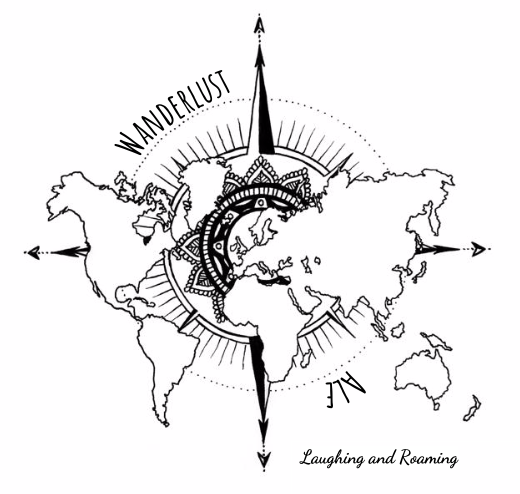




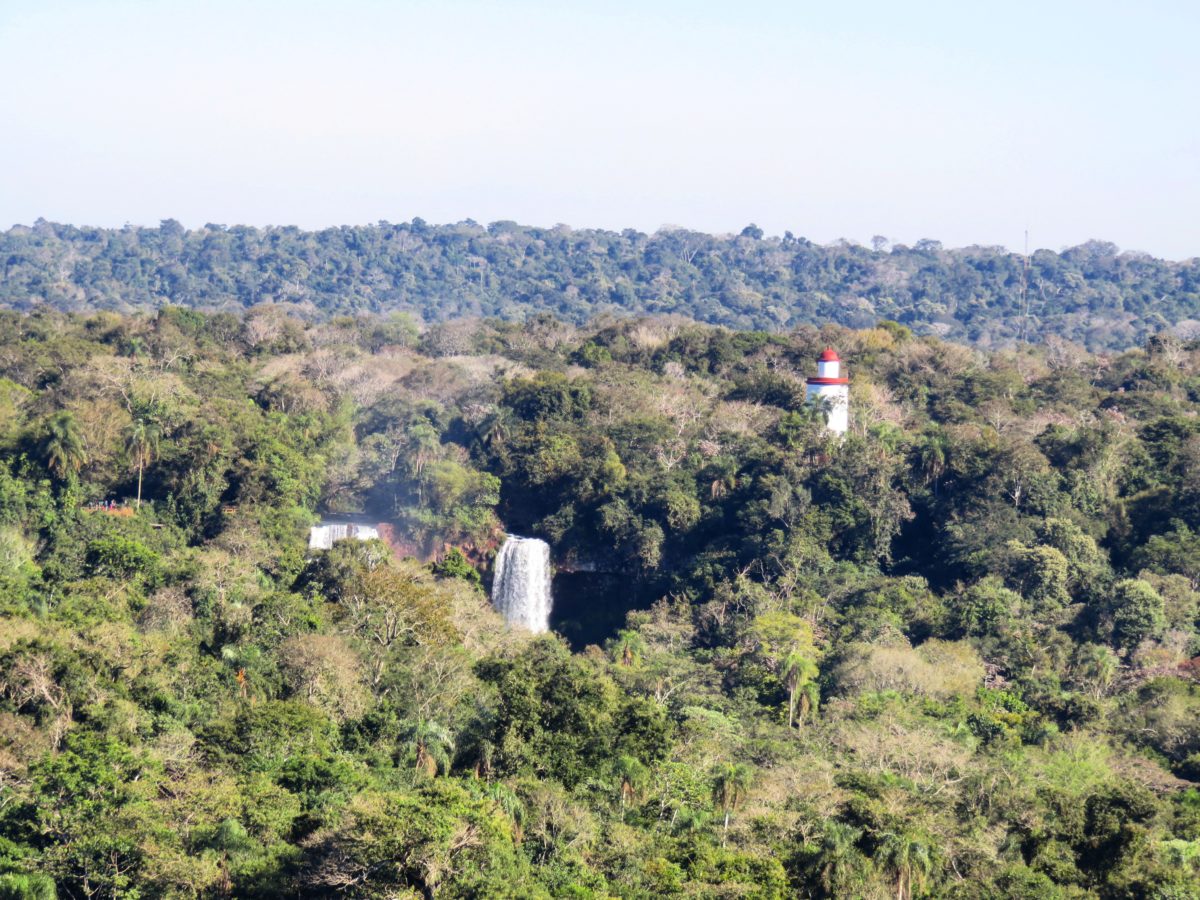










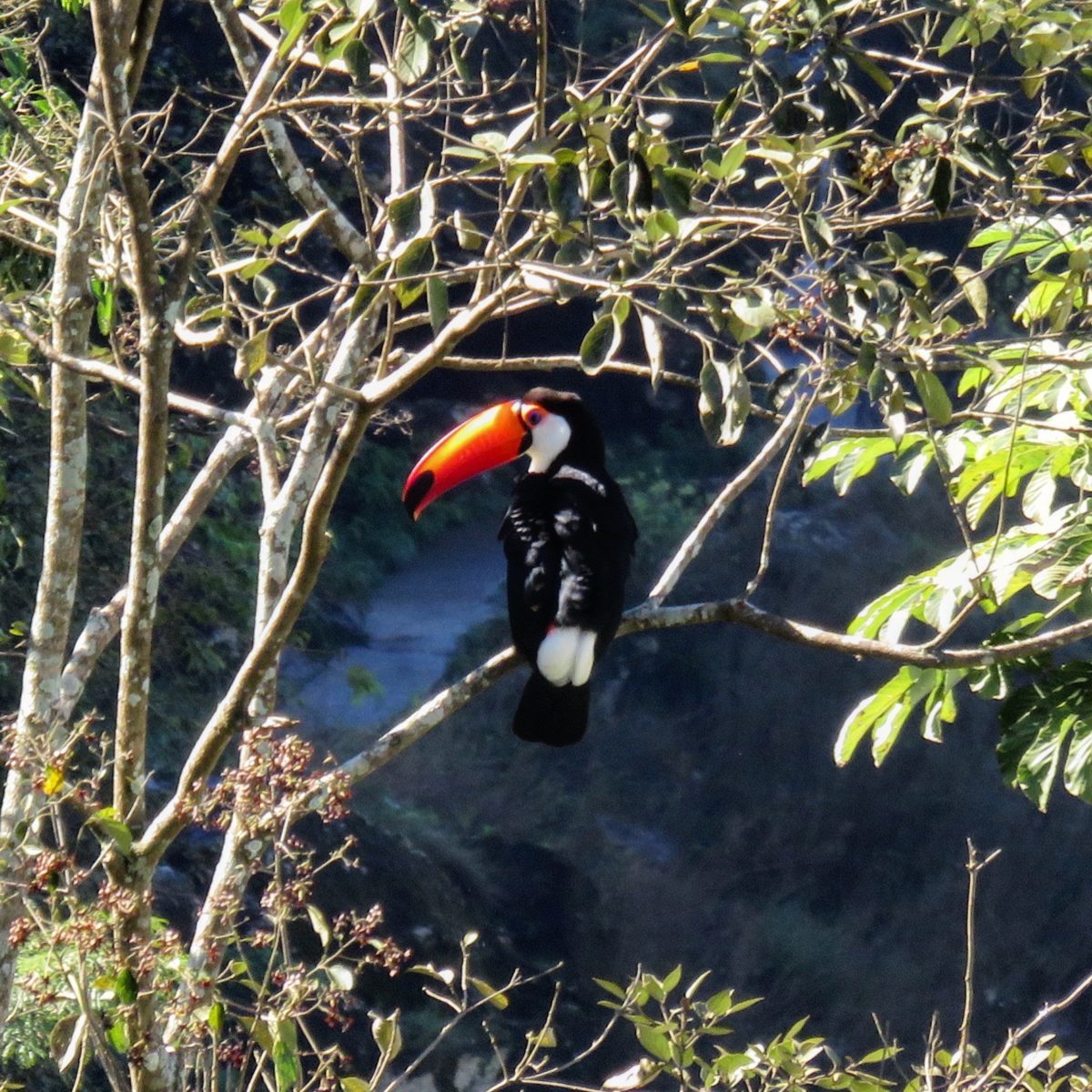









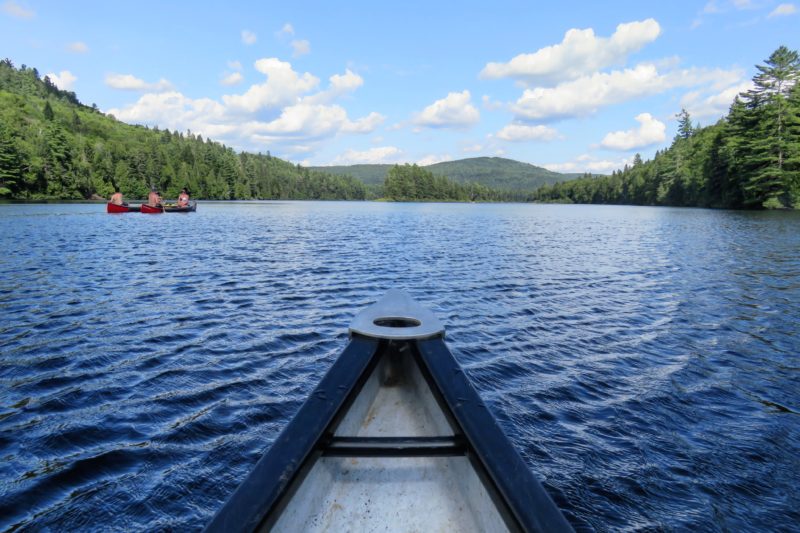
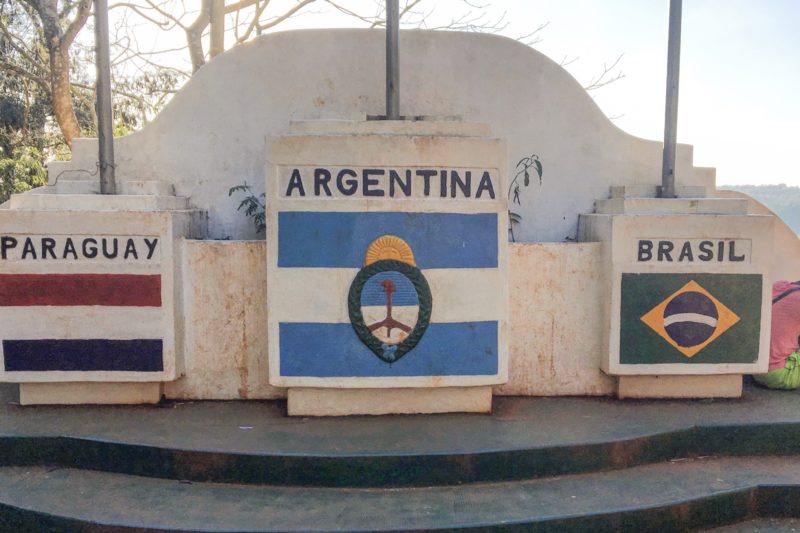
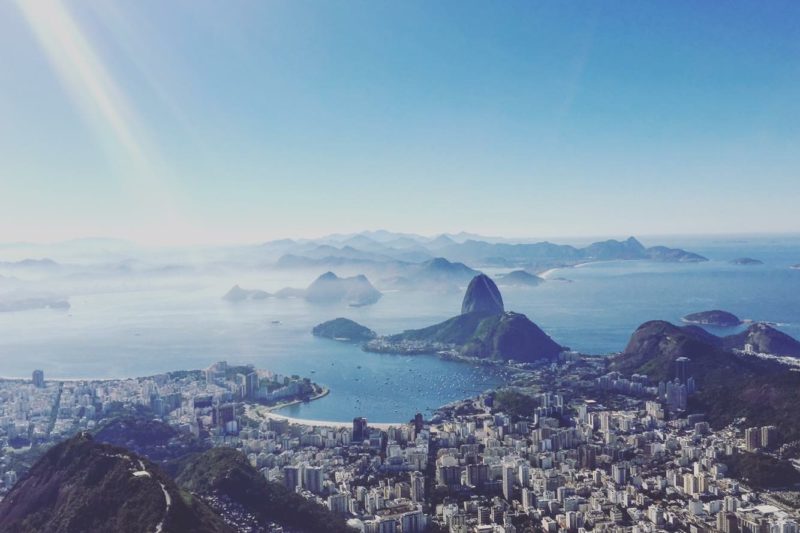
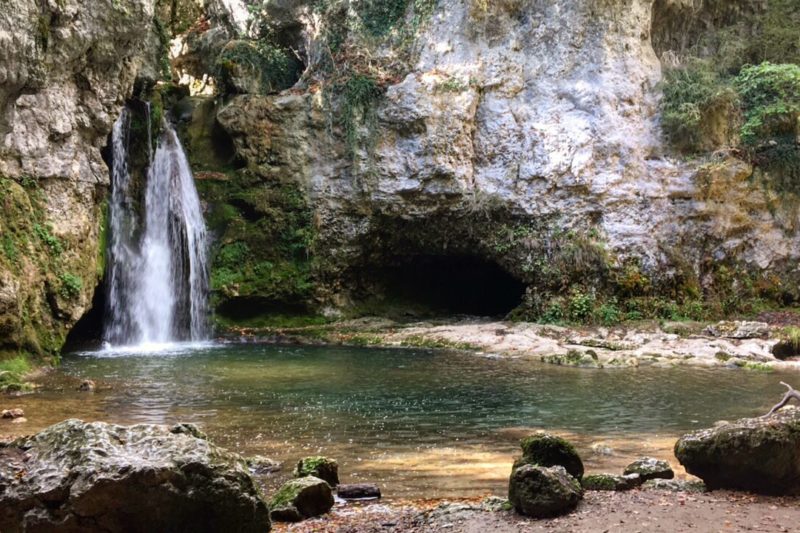
this article is very useful, thank you for making a good article